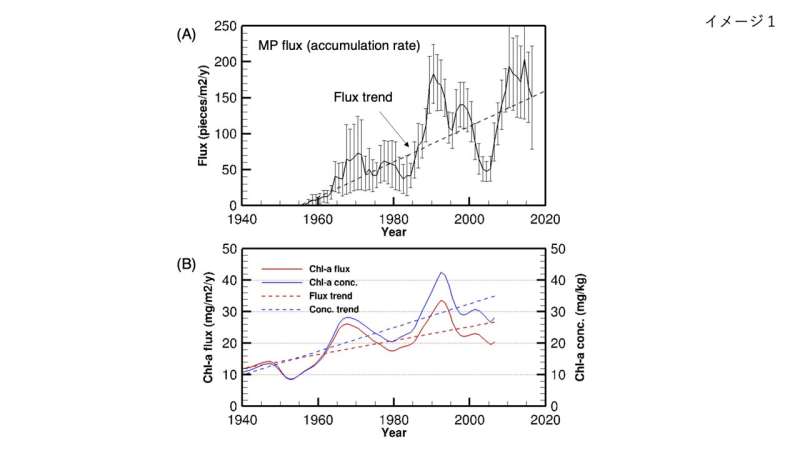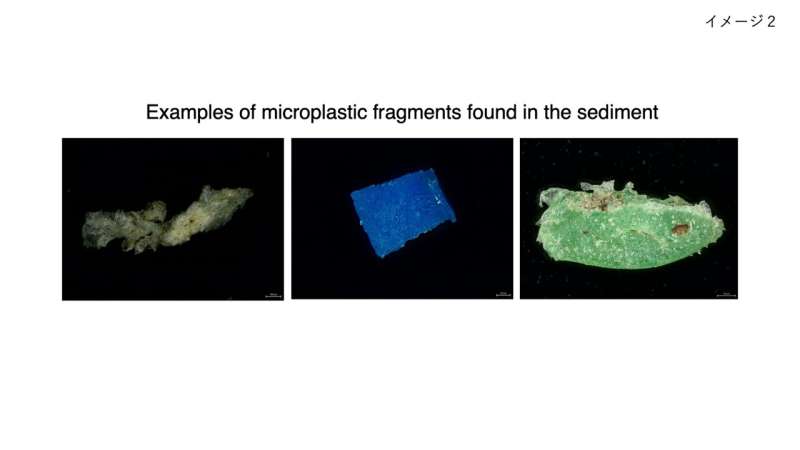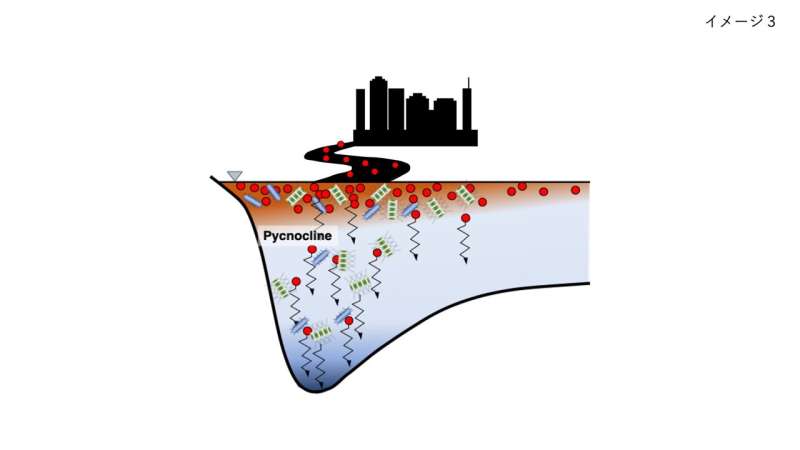Seafloor sediments tell a 75-year history of marine microplastic pollution

The term "microplastic" (MP) was coined in 2004, and marine plastics started attracting public attention. In particular, the progress of MP research since the Elmau Summit in 2015 has been remarkable.
To predict the impact of MPs on the future marine environment, data on MPs in the past environment are required, that is, where, how much, what size, what type of MP, and how they moved. Usually, the impact is computed with numerical models, but there is a need to evaluate whether the computational results are appropriate by comparing them with past observation data.
If appropriate, possible emission scenarios can be given to the computational model to evaluate the negative effects of MPs on the marine environment in the future. However, it was only after the turn of the century that research in this field became active, so data for verifying MP dynamics in the 20th century is quite limited.

Recently, it has been reported that even MPs that are lighter than seawater, such as polyethylene and polypropylene, could sink to the seafloor. Therefore, our research group thought that if we collected seafloor sediment cores, extracted MPs and measured the sedimentary age, we would be able to obtain past MP data.
From 2017 to 2019, we collected several sediment cores in the deepest part of Beppu Bay at a depth of 70 m, extracted MPs, and measured the ages of the sedimentary layers. We succeeded in clarifying the change in the number of MPs which had sunk to the seafloor (per square meter per year) from 1940 to 2015. Most of the MPs were polyethylene, polypropylene, and (foamed) polystyrene, which are lighter than seawater.
The first MPs were found in the 1958–1961 sedimentary layer, a period of high economic growth in Japan. The number of MPs deposited on the seafloor gradually increased linearly until 2015 with about 20-year variation of the number of MPs overlap.

Phytoplankton in seawater played an important role in the 20-year variation. Years with more phytoplankton also had more MP sedimentation. This is presumed to be due to the formation of biofilms of phytoplankton and other microorganisms on the MP surface, resulting in the acceleration of MP sedimentation. The sea has the power to sink even foamed polystyrene, which is much lighter than seawater. This is the first report, based on long-term observation data, that shows the correlation between MP sedimentation and biological activity
The study is published in Science of The Total Environment.
More information: Hirofumi Hinata et al, A 75-year history of microplastic fragment accumulation rates in a semi-enclosed hypoxic basin, Science of The Total Environment (2022). DOI: 10.1016/j.scitotenv.2022.158751
Journal information: Science of the Total Environment
Provided by Ehime University





















